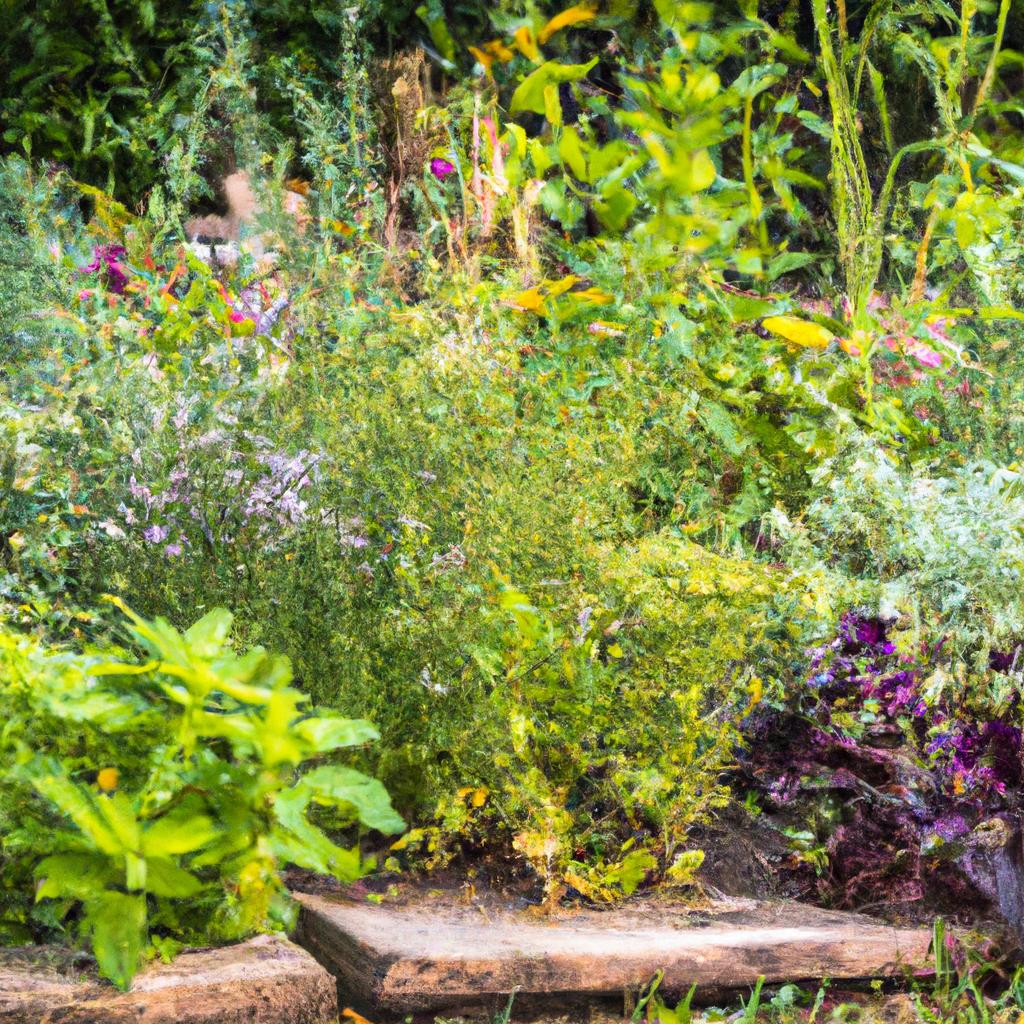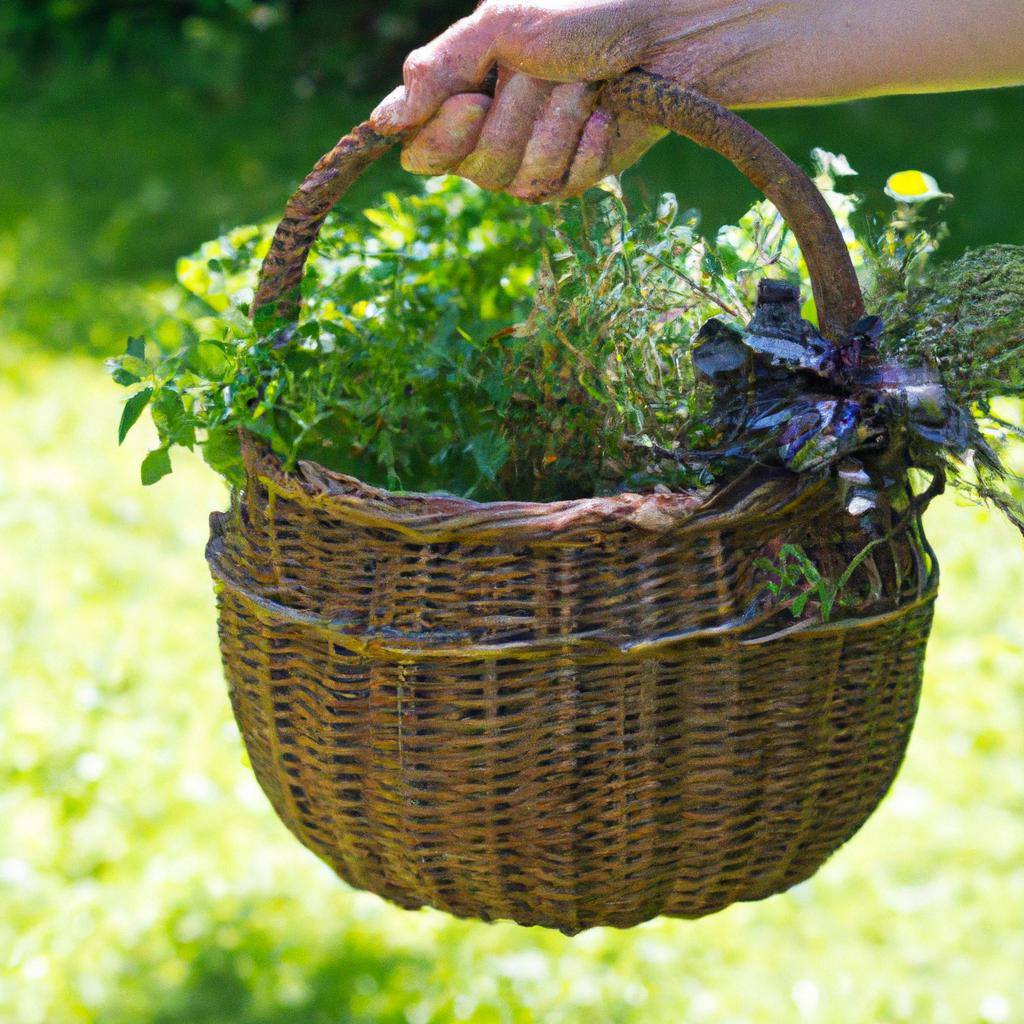
Herbs are not only beautiful additions to any garden but also incredibly versatile. They can be used in cooking, home remedies, and even crafting. With a bit of planning and care, you can create a herb garden that not only looks amazing but also provides a wide range of benefits.
In this article, we will explore creative ways to use herbs in your garden. From incorporating them into your garden design to cooking with fresh herbs and creating DIY remedies, we’ll cover everything you need to know to make the most out of your herb garden.
Utilizing Herbs in Garden Design
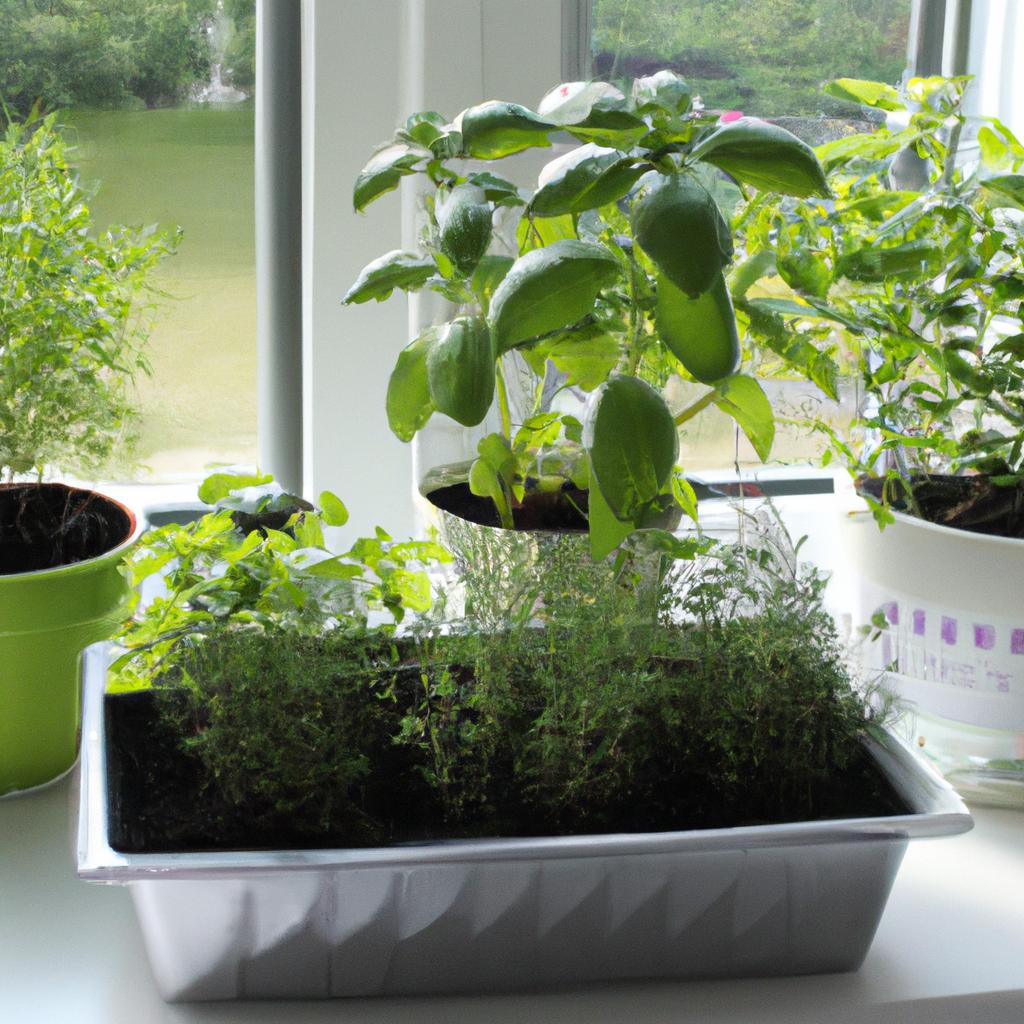
One of the best ways to use herbs in your garden is by incorporating them into your garden design. Herbs can serve as companion plants, helping to keep pests away from other plants and improving soil health. Here are some creative ways to use herbs in your garden design:
Companion Planting with Herbs
Companion planting refers to the practice of planting different crops together to enhance their growth and health. Herbs are excellent companion plants because they can repel pests and attract beneficial insects. For instance, planting basil next to tomatoes can help repel whiteflies, while planting parsley next to roses can attract beneficial insects like hoverflies.
Creating an Herb Spiral
An herb spiral is a unique way to plant herbs in a small space. It is a spiral-shaped garden bed that allows you to grow a variety of herbs in a compact area. The design of the herb spiral provides different microclimates for different herbs, allowing them to thrive in their preferred environments. The top of the spiral is the driest and sunniest, while the bottom is the coolest and most shaded.
Incorporating Herbs in Vertical Gardens
Vertical gardens are a fantastic way to save space and add greenery to small areas. You can grow herbs in vertical gardens using hanging baskets, wall planters, or repurposed pallets. This option is perfect for those with limited space or who live in urban areas. Herbs like thyme, mint, and oregano are especially suitable for vertical gardens as they can spill over the sides, creating a beautiful cascading effect.
Herb Garden Maintenance and Care
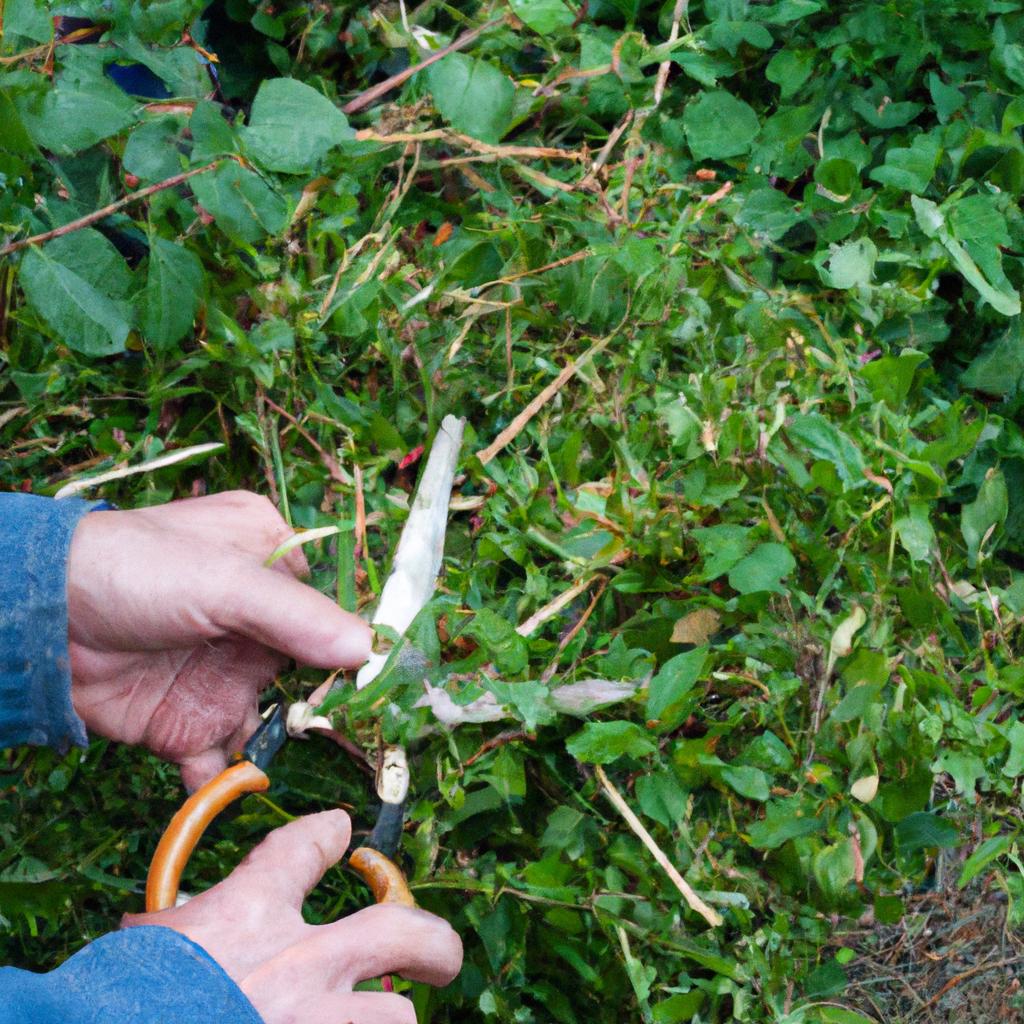
Growing herbs is relatively easy, but they still require some maintenance and care to thrive. Here are some tips to keep your herb garden healthy and productive:
Soil Preparation and Fertilization
Herbs prefer well-draining soil with a pH range of 6.0 to 7.0. Before planting your herbs, prepare the soil by adding compost or organic matter to improve its texture and fertility. You can also consider adding a slow-release fertilizer to provide your herbs with the necessary nutrients.
Watering and Sunlight Requirements
Most herbs prefer full sun, although some can tolerate partial shade. Plant your herbs in a spot that receives at least 6 hours of sunlight per day. Herbs require moderate watering, and it’s crucial to avoid overwatering as it can lead to root rot. Water your herbs when the top inch of soil is dry, and make sure to water them at the base to prevent wetting the leaves.
Pruning and Harvesting Techniques
Pruning is essential to encourage bushy growth and prevent your herbs from becoming leggy. Regularly pinch off the tips of your herbs to promote branching and remove any dead or yellow leaves. Harvest your herbs regularly to prevent them from becoming too woody or going to seed. To harvest herbs, cut the stems just above a set of leaves.
Cooking with Fresh Herbs
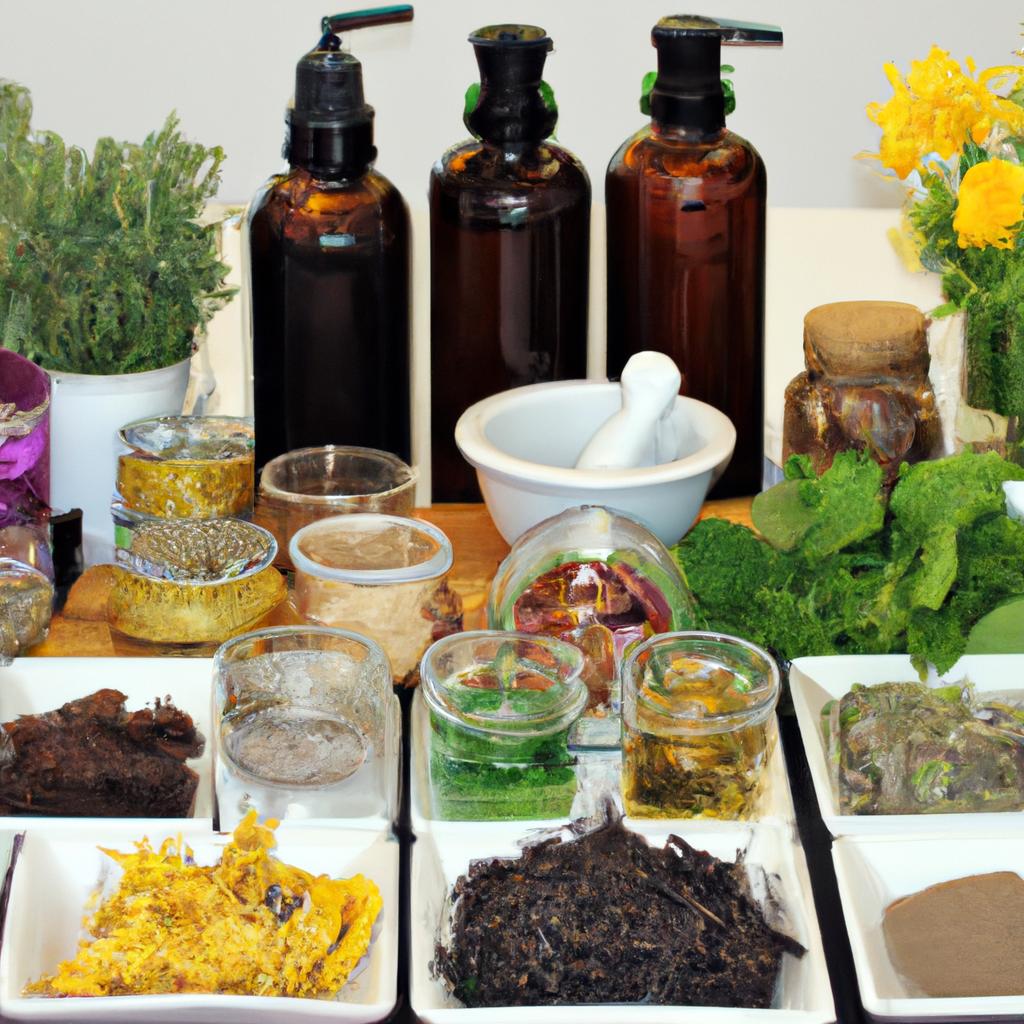
Using fresh herbs in your cooking can add flavor, aroma, and nutrients to your meals. Here are some creative ways to use fresh herbs in your everyday meals:
Using Herbs in Everyday Meals
Herbs can be used in a wide variety of dishes, from salads and soups to meats and fish. Some classic herb pairings include basil and tomato, cilantro and lime, and rosemary and chicken. Feel free to experiment with different herb combinations to create new and exciting flavors.
Infusing Herbs in Oils and Vinegars
Infusing herbs in oils and vinegars is an excellent way to add flavor to your dishes. To make an herb-infused oil or vinegar, fill a jar with your desired herbs and pour in the oil or vinegar. Let it sit for a few days to allow the flavors to infuse, then strain out the herbs and store the infused oil or vinegar in a clean bottle.
Creating Herb-Based Sauces and Dressings
Herbs can also be used to make delicious sauces and dressings. For example, you can make a simple pesto sauce by blending basil, garlic, pine nuts, and olive oil. Whisking together olive oil, vinegar, honey, and your favorite herbs can create a herb-based dressing.
DIY Herbal Remedies
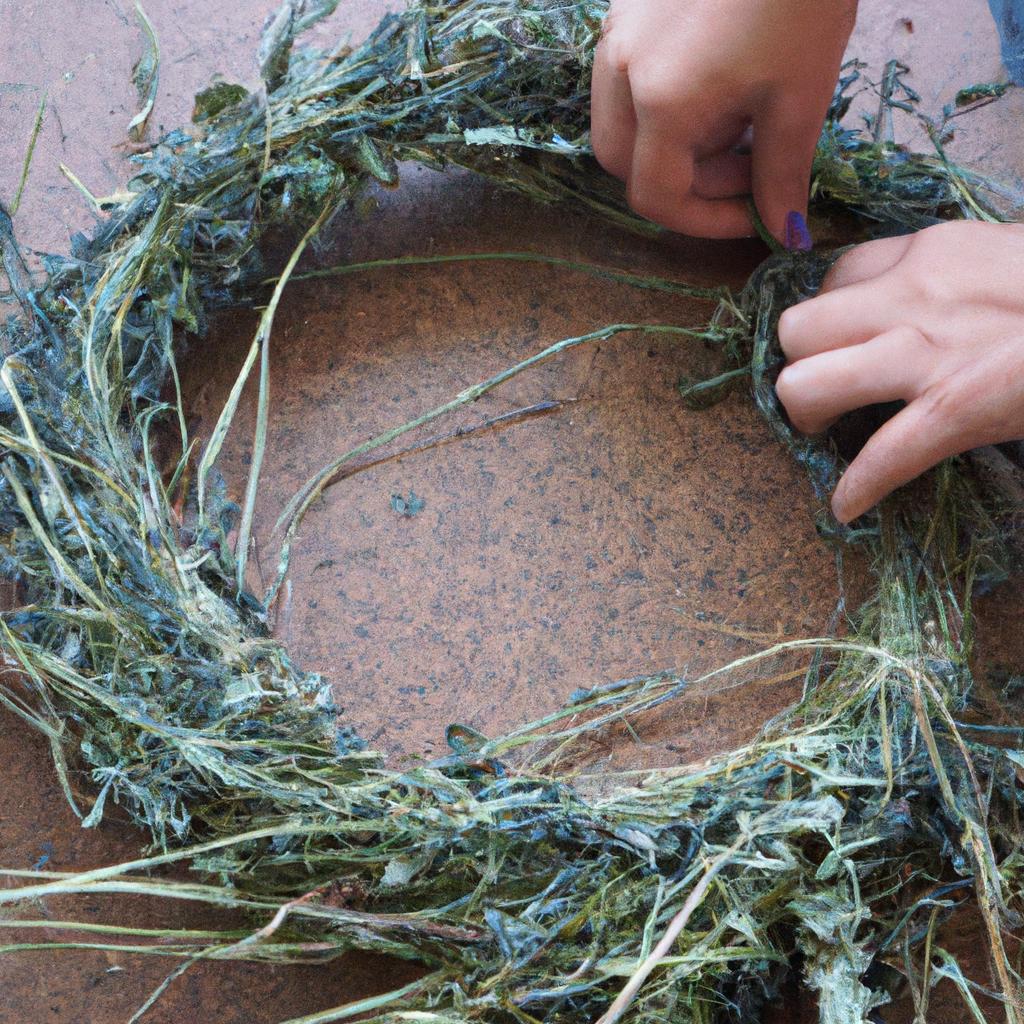
Herbs have been used in traditional medicine for centuries for their natural and effective properties. Here are some DIY herbal remedies you can make using herbs from your garden:
Herbal Tea Blends for Relaxation and Wellness
Herbal teas are a great way to relax and unwind. They can also be used to treat a range of health issues, from headaches to insomnia. Chamomile, lavender, peppermint, and lemon balm are popular herbs used in tea blends. You can create your own custom blends by mixing different herbs together.
Making Natural Insect Repellents
If you’re tired of using chemical-laden insect repellents, why not make your own natural repellent using herbs? Citronella, lemongrass, and lavender are natural insect repellents that can help keep mosquitoes and other bugs away. You can mix essential oils with a carrier oil like coconut oil to create your own insect repellent.
Creating Salves and Balms for Skin Care
Herbs contain antioxidants and anti-inflammatory properties, making them excellent for skincare. You can create your own salves and balms using herbs like calendula, comfrey, and chamomile. These can be used to treat a range of skin issues like dryness, irritation, and inflammation.
Creative Ways to Use Herbs
Herbs can be used in a variety of creative ways beyond just cooking and home remedies. Here are some unique ways to use herbs:
Crafting Herb Wreaths and Garlands
Herb wreaths and garlands are not only beautiful but also bring the scent of fresh herbs indoors. Rosemary, thyme, and sage are perfect herbs to create wreaths and garlands that not only look great but also smell amazing. Hang them in your kitchen or living room for a natural and rustic touch.
Drying and Preserving Herbs for Future Use
If you have an abundance of herbs in your garden, you can dry and preserve them for future use. Simply hang them upside down in a dry, dark place until they are completely dry. Once dried, store them in airtight containers and use them in cooking, tea blends, or other DIY remedies.
Making Herbal Sachets and Potpourri
Herbal sachets and potpourri can add a natural scent to your home. Create sachets or potpourri using herbs like lavender, rosemary, and mint. Place them in drawers, closets, or display them in your home. These can also make great gifts for friends and family.
To learn more about gardening and explore a wide range of garden tools, visit TooLacks. Happy gardening!
